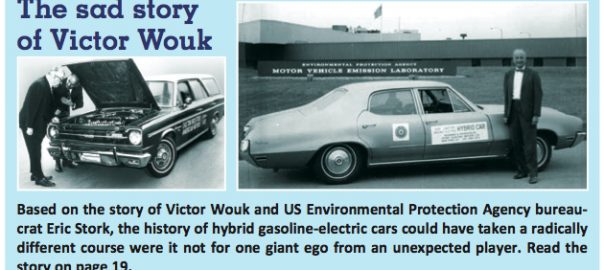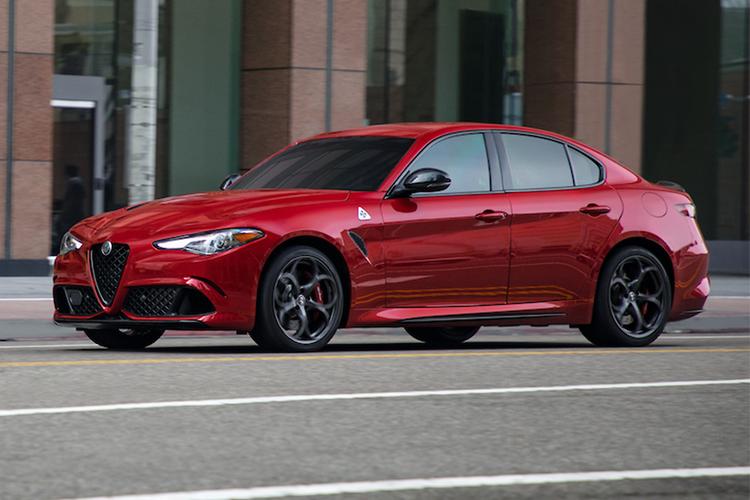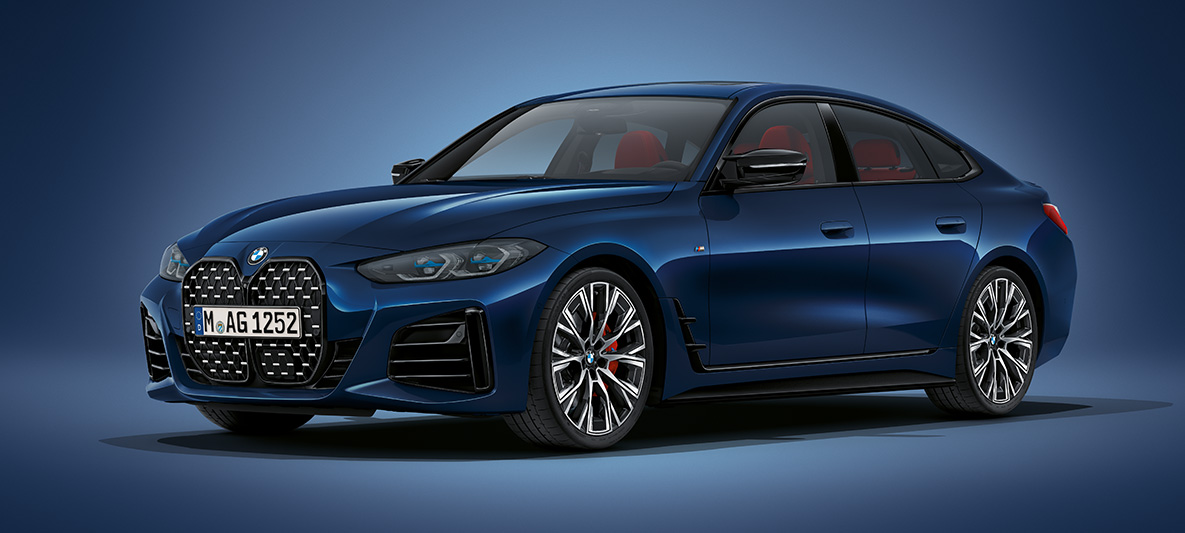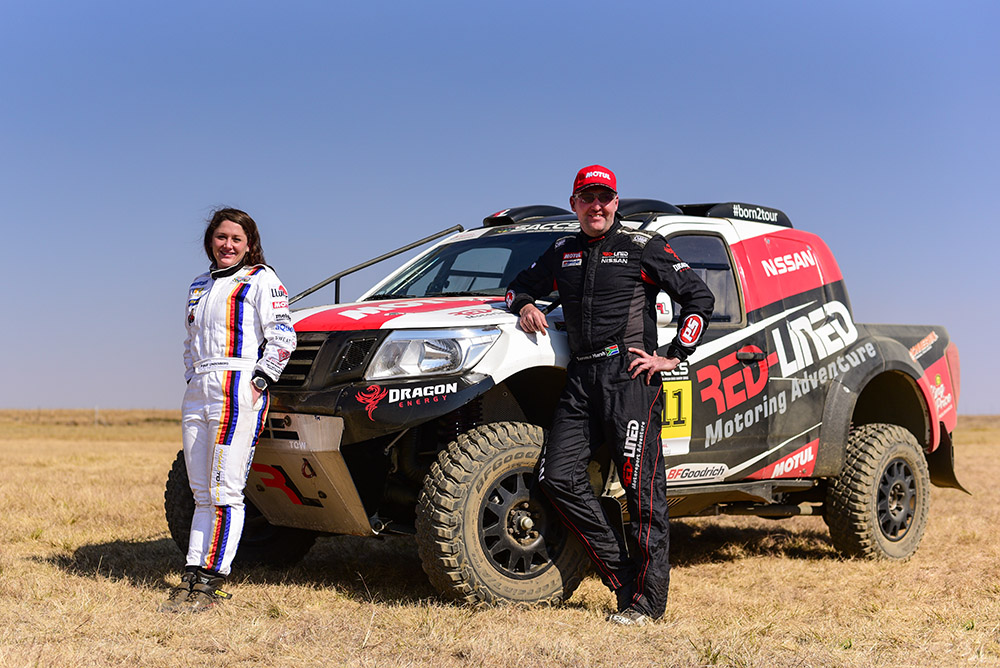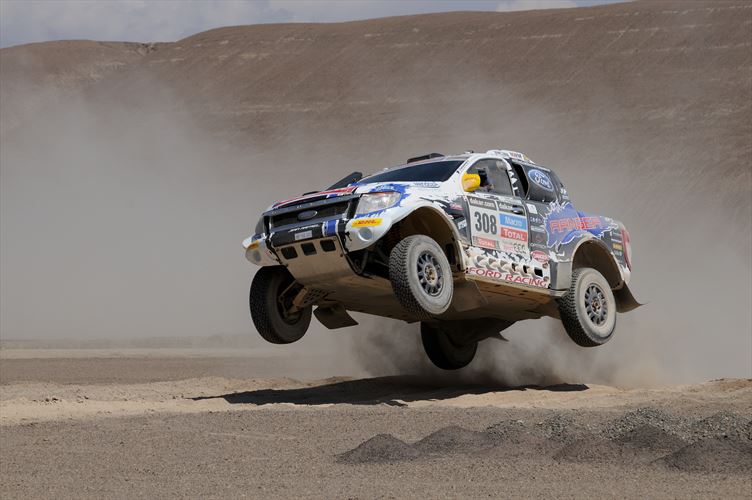We kick off this month’s missive with two quotations that aply illustrate the extraordi- nary capacity people have for making complete jackasses of themselves.
This “telephone” has too many shortcomings to be seriously considered as a means of communi- cation. The device is inherently of no use to us. – Western Union internal memo, 1876.
The horse is here to stay but the automobile is only a novelty, a fad. – The president of the Michigan Bank, advising Henry Ford’s lawyer not to invest in the Ford Motor Company, 1903.
History is full of similar blunders, and it was while doing some research on hybrid motor vehi- cles that we stumbled upon a website (www.hybridcars.com) and the sad story of Victor Wouk, an electrical engineer who died in 2005. Wouk built a petrol-electric hybrid motor 30 years before the Toyota Prius made an appearance, but met his nemesis in Erik Stork, head of the US Environmental Protection Agency (EPA) from 1970 to 1978.
The story shows that Mr Stork fully deserves to be pigeonholed along with the author of the Western Union memo and the manager of Michigan Bank. Had it not been for his obtuse- ness and government bureaucracy, the US could have been 30 years ahead of any other country in the quest to produce a vehicle that saved energy and kept the bunny huggers happy by reducing exhaust emissions.
The Clean Air Act, which required car manufac- turers to reduce toxic exhaust emissions by 90%, was passed in the US late in 1970. Section 212 granted $25-million a year to buy low pollution vehicles if they were safe and reliable.
In 1974, the EPA launched the Federal Clean Car Incentive Programme (FCCIP). Inventors who sub- mitted proposals that were approved would receive a contract for $30 000.
Chemical researcher Charlie Rosen shared Wouk’s passion and faith in hybrids, and the pair formed a company called Petro-Electric Motors. They developed a hybrid Buick Skylark which, along with seven other ventures, was given the thumbs up by the FCCIP.
While Wouk and Rosen continued with emission tests on the Buick, other applicants in the project dropped out of the running, one by one. When Wouk and Rosen were ready for the final emis- sions test, Stork refused to test the Buick and threatened to cancel the FCCIP programme.
Wouk and Rosen called in help from the National Science Foundation, which brokered a compro- mise with Stork. Wouk maintained the FCCIP pro- ject was under contract and the EPA finally agreed to test the Buick.
It passed, but a month later the EPA cited 75 rea- sons why the hybrid would not progress into the next phase of the project. Correspondence flowed back and forth and in one letter Stork objected to the use of two sources of power – a petrol engine and an electric motor – but accepted that the hybrid saved fuel and cut toxic emissions.
Stork, now retired from the EPA, is quoted on hybridcars.com as saying that emissions from the Buick were good because the car ran only on the batteries on a dynamometer. According to Wouk, however, Stork is said to have told him he just did not believe in hybrids.
After two years of trying to get the EPA to change its mind, Petro-Electric Motors ran out of money. Rosen moved on while Wouk continued to espouse the hybrid cause. While manufacturers like General Motors were more sympathetic than the EPA, there was little interest in further action.
Victor Wouk finally gave up on his fight with the EPA but until his death in 2005 continued his hybrid car crusade. He gave regular lectures, published more than 100 technical papers and in a letter to the New York Times, said the US should start a crash course to commercialise the hybrid. “No new technologies need be developed,” wrote Wouk.
He was in his 80s when he bought a white Toyota Prius.
According to the website, Erik Stork did not see the irony of the situation and maintained that “the hybrid vehicles we see now are really different technology”.
However, Stork might reflect on the fact that since 1999 more than two million hybrid vehicles have been sold in the US. Had the EPA been more receptive to Petro-Electric Motors and the Buick Skylark, 95% of the hybrids cruising the high- ways and byways of the US today would be American-made, and not Hondas or Toyotas.
We started off with a couple of quotes, and it is appropriate to end in the same vein:
With over 15 types of foreign cars already on sale here in the US, the Japanese auto industry isn’t likely to carve out a big share of the market for itself. – Business Week, August 2, 1968.
